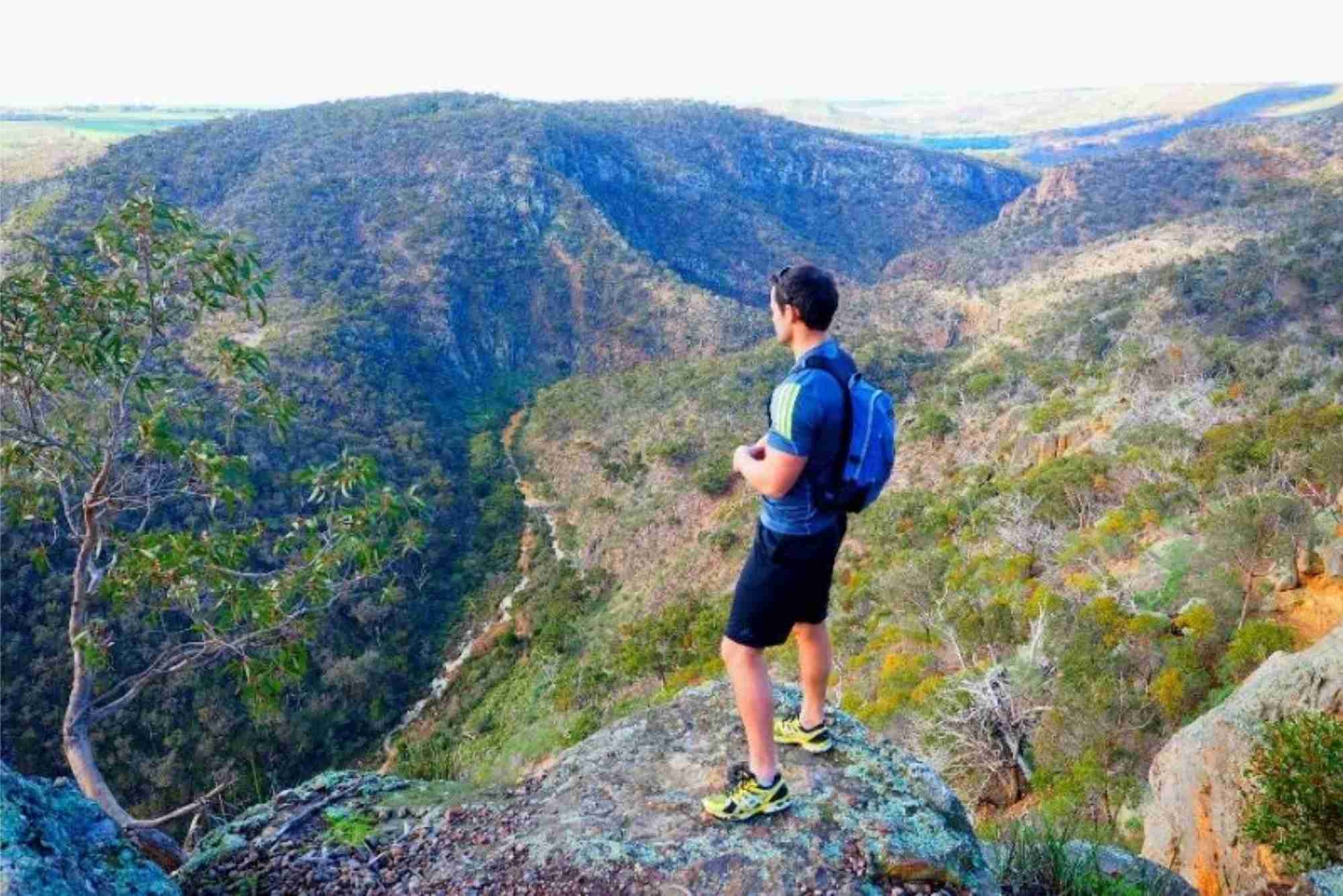Introduction
Planning a day of sightseeing or shopping can feel overwhelming. The right order for attractions and shops helps you save time, reduce stress, and enjoy more moments instead of rushing between stops. Whether you are exploring a city, touring a theme park, or shopping across several neighborhoods, a smart sequence turns a long day into a smooth, enjoyable experience. In this guide, you’ll learn how to plan your route like a pro, optimize your schedule, and follow practical steps that seasoned travelers use every day.
Why the Right Order for Attractions and Shops Matters
When exploring a new destination, many travelers follow instinct instead of strategy. Yet the right order for attractions and shops influences how much you can see, how much you spend, and how tired you feel at the end of the day. A well-planned sequence reduces walking distance, avoids unnecessary backtracking, and helps you catch time-sensitive attractions before they get too crowded.
How to Organize Your Day Using the Right Order for Attractions and Shops
Organizing a full day becomes easier when you divide your plan into simple phases. These phases work for any city, mall, shopping street, or theme park. With them, you can build a route that feels seamless from the first stop to the last.
Start With Early-Opening Attractions
Begin with places that open early or require timed entry. Morning hours typically offer cooler temperatures, shorter lines, and calmer crowds. This helps you move quickly and enjoy attractions without pressure.
Group Nearby Stops Together
After choosing your first stop, cluster everything else by location. Travelers often waste the most time walking across the same area multiple times. When deciding the right order for attractions and shops, always complete one neighborhood, block, or floor before moving to the next.
Schedule Shopping for the Afternoon
Shopping tends to be more relaxed later in the day. By the afternoon, crowds often spread out and stores stay open longer. This allows you to explore boutiques, department stores, and markets without worrying about closing hours. It also keeps you from carrying heavy shopping bags too early.
Prioritize Time-Sensitive Experiences
Some attractions have fixed start times or limited daily capacity. Add these to your list early, then build everything else around them. This ensures you don’t miss key experiences and keeps your day structured yet flexible.
End With Casual Activities
Evenings are perfect for strolls, snacks, and relaxed browsing. By placing low-pressure experiences at the end of your route, you give yourself room to adjust your schedule without stress. If you are tired, you can skip or replace items without losing anything important earlier in the day.
Key Principles for Building the Right Order for Attractions and Shops
Now that you understand the core phases, it’s useful to explore principles that help refine your itinerary even further. These principles work whether you have three hours or three days.
Move in One Direction
Whenever possible, move forward instead of looping back. This travel pattern is efficient and mirrors professional tour routes. A one-direction plan helps you stay mentally organized and saves physical energy.
Follow Natural Flow Patterns
Busy cities and malls have predictable patterns. Morning rush, afternoon peak shopping hours, and evening dining flows affect your movement. By working with these patterns, you avoid overcrowded spaces and keep your day smoother.
Pick Anchors and Fill the Gaps
Choose one or two major anchors like a museum, a landmark, or a famous store. Then fill the gaps between them with smaller stops that lie on the way. This structure keeps your day balanced while still leaving room for spontaneous discoveries.
Leave Breathing Space
A realistic plan always includes small breaks. Even when choosing the right order for attractions and shops, you should allow time for water, snacks, or rest. Overpacking a schedule leads to frustration, while small pauses help you enjoy more moments.
How to Adapt the Right Order for Attractions and Shops to Different Destinations
Every destination has unique rhythms. By adjusting your plan to match them, you travel more naturally and comfortably.
Historic Districts
In historic areas, attractions sit close together. Start early with landmarks, then follow a walking path that covers streets in a loop. As the afternoon approaches, shift into boutique shopping or local craft markets.
Large Shopping Malls
In big malls, begin with anchor stores that get busy early. Then work downward or upward by floor level. Leave lifestyle shops, food courts, and entertainment areas for later in the day when you want a slower pace.
Outdoor Markets
Markets peak mid-morning. If you want freshness, go early. If you want bargaining opportunities, visit later. Combine the market with nearby attractions so you don’t carry heavy bags too long.
Theme Parks
Use early hours for top-rated rides that attract long queues. Fill the mid-day period with indoor shows or shops to escape crowds. Return to outdoor attractions toward the evening when lines shrink again.
Shopping Streets
Follow the street from one end to the other with no backtracking. Begin with fixed-schedule attractions, then transition into shops as you move along the route. Finish at a café or scenic stop to unwind.
Realistic Example of the Right Order for Attractions and Shops in One Day
Imagine you are spending a full day in a vibrant city center. With a smart plan, your day may unfold like this:
Begin with a museum that opens early. Spend the morning exploring cultural highlights before crowds build. From there, walk to a nearby viewpoint or landmark. Since these stops are close, you avoid unnecessary travel. Around noon, shift toward a trendy district known for cafés and lunch options. After eating, transition into afternoon shopping. Visit local boutiques and department stores while energy is still high. As evening approaches, stroll through a night market or stop by a scenic boulevard for dessert. This day follows every principle of the right order for attractions and shops without feeling rigid or overwhelming.
Common Mistakes When Planning the Right Order for Attractions and Shops
Even well-structured plans can fall apart if common pitfalls are not considered. Watching out for these mistakes helps you build stronger itineraries.
Ignoring Opening Hours
Some attractions close earlier than expected. Others open late on certain days. Always check schedules before finalizing your route.
Underestimating Distances
Maps often make locations look closer than they feel. Long walks or complex transit routes can drain your energy. Stick to clusters when possible.
Overloading the Shopping Section
Shopping takes more time than most travelers expect. Fitting too many stores into a short window causes fatigue and rushed decisions.
Forgetting About Luggage and Bags
Carrying heavy items during an attraction-heavy morning slows you down. Always place shopping later to avoid discomfort.
Not Leaving Room for Flexibility
Unexpected closures, long lines, or weather changes happen everywhere. Build buffer time to protect your schedule.
Expert Tips to Strengthen the Right Order for Attractions and Shops
Travel planners use several smart techniques to keep itineraries smooth.
Check Crowd Forecasts
Theme parks, city attractions, and malls often publish crowd predictions. Using them helps you adjust your sequence for maximum comfort.
Use Digital Maps for Route Optimization
Mapping tools can sort locations based on the shortest path. This gives you a ready-made order that you can refine.
Plan Meals Strategically
Meals naturally break your day into sections. Use them as transition points between attractions and shopping.
Review Public Transit Timetables
If your route depends on metro or bus travel, align your itinerary with predictable departure times. This prevents delays.
Keep Weather in Mind
Hot afternoons are ideal for indoor shopping while cool mornings fit outdoor sightseeing better.
Make Every Trip Smoother With the Right Planning Order
The right order for attractions and shops makes your day more enjoyable, efficient, and stress-free. When you follow location clusters, time-based priorities, and natural flow patterns, your route becomes easier to manage. You see more, walk less, and shop with comfort instead of pressure. Whether you’re planning a quick city tour or a full travel itinerary, using the right order turns your day into a well-designed experience.
FAQs
How do I plan my day when visiting multiple attractions?
Plan by grouping nearby spots. Start early with major attractions, then move in one direction through the area.
Should I shop before or after visiting attractions?
It’s usually better to shop after sightseeing. You avoid carrying heavy bags and reduce stress during the morning rush.
How many attractions should I visit in one day?
Most travelers enjoy three to five attractions per day. This keeps your schedule realistic and allows time for food and breaks.
How do I avoid long lines at popular attractions?
Arrive early, buy tickets in advance, and schedule high-demand sites before noon.
Is it better to follow a strict itinerary or stay flexible?
A balanced plan works best. Keep a clear order but leave room for spontaneous stops.




